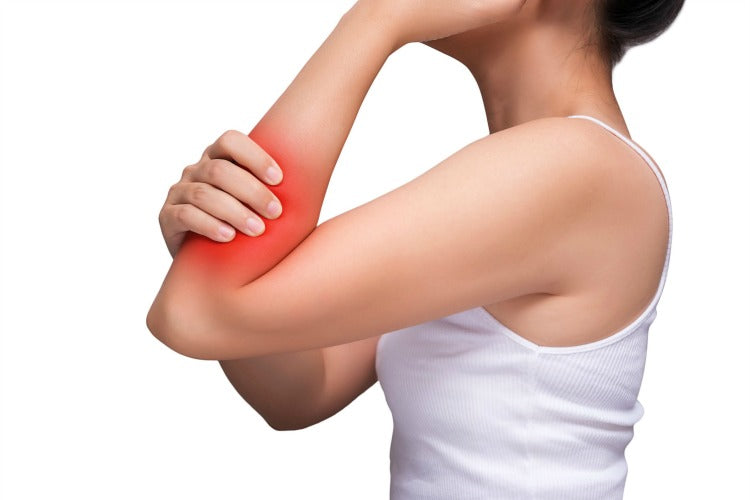Do you Kine Balm?
Do you Kine Balm?
The new CBD Lotion Extra-strength formula of 2000mg CBG/CBD 1:5 ratio, with 15% arnica oil (plus the additional benefits of shea butter or essential oils). What is the difference between topically applying cannabinoids and sublingually? Let's see...
Cannabinoids can be taken orally, sublingually or inhaled via a vape rig. Cannabinoids, such as CBD, can be found in many cosmetic products, including creams and lotions. How do cannabinoids impact the skin? Are they able to pass through the protective barrier or do their effects reach deep beneath the skin?
Can cannabinoids be absorbed through the skin?
People often believe that the cannabinoid enters their body when they apply a cannabinoid cream to their skin. This is a supposition that can be disputed. It really does depend. Two methods can be used to apply CBD or other cannabinoids to the skin: transdermal and topical.
Topical application is a term that refers to creams and ointments for use on the skin's topmost layers. These products are targeted at the skin and do not transport cannabinoids to the blood vessels below.
Transdermal CBD products, on the other hand, penetrate the skin's upper layers and reach the bloodstream. Transdermal CBD gels have been shown to increase plasma levels of the cannabinoid and make CBD more accessible.
Transdermal CBD doesn't mean that you just need to rub the cannabinoid into your skin. To make a hydroalcoholic gel that penetrates the epidermis, it takes several adjuvants.
Transdermal cannabinoids have not been studied extensively, but this method of application may be able to bypass the digestive system and deliver cannabinoids directly to the bloodstream. This administration method is similar to sublingual ingestion. There are multiple patents for transdermal cannabinoids.
What cannabinoids do to the skin?
Transdermal delivery is able to deliver cannabinoids directly into the bloodstream. However, topical products have a distinct advantage. Like many other parts of the body, the skin has cannabinoid receptors. The body's regulatory system, the endocannabinoid (ECS), plays an important role and assists many biological systems to maintain homeostasis. The skin is not an exception.
A review published by Trends In Pharmacological Sciences stated that the skin's endocannabinoid systems plays a crucial role in many important processes. External cannabinoids have a similar structure as those in the body and target the same receptors.
Cannabinoids and dermatological problems
Numerous studies have examined the effects of cannabinoids in dermatological problems. A study published in the Journal of Dermatological Science examined the effects of cannabinoids on keratinocyte hyperproliferation. This is a condition that is often associated with flaky and red skin.
These unpleasant symptoms are caused by the immune system attacking healthy skin cells, a problem of homeostatic regulation. This causes a rapid accumulation of skin cells at the skin's surface. THC, CBN and CBD were found to inhibit keratinocyte formation and restore skin balance. These findings are still being confirmed by more research.
Researchers also examined how cannabinoids impact sebum production. This oily substance can build up and cause bacteria to form in the pores. Research published The Journal of Clinical Investigation. The study examined the effects of CBD oil on human sebocytes (cells that produce excess sebum). Researchers found that CBD might be able to help these cells function normally by acting on A2A and TRPV4 receptors.
Conclusion: Cannabinoids and skin
While research is still in its infancy, it's clear that cannabinoids have interesting effects on the skin. Many questions have been raised about the role of cannabinoids and dermatology research after the discovery of the ECS in the largest of our organs.

